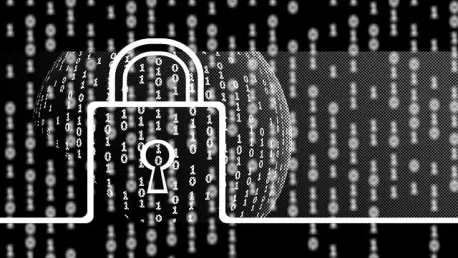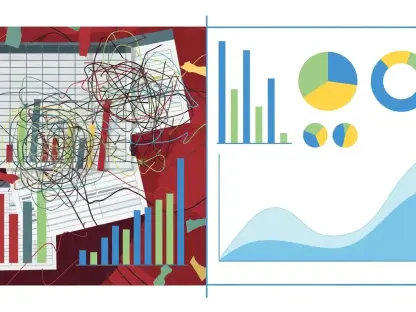As healthcare providers increasingly embrace big data, they find themselves at a crossroads: the challenge of using relevant data to improve patient care while ensuring the highest levels of privacy and compliance with regulations like the Health Insurance Portability and Accountability Act (HIPAA). Violations of HIPAA can result in reputation damage, loss of patient trust, and severe penalties—up to $50,000 per violation, alongside potential criminal charges. These legal parameters are especially challenging in the world of data analytics, where the scale and complexity of patient data have never been higher.
Data analytics, when used effectively, can transform healthcare, delivering unprecedented levels of personalized care and operational efficiency. However, healthcare organizations must find a balance, using these powerful tools while protecting patient data. This means the path forward for healthcare leaders involves ensuring privacy as a core priority.
1. Secure Data Storage and Encryption
One of the most critical steps healthcare organizations must take in protecting patient privacy is securing data storage and encryption. Ensuring that patient data is stored in HIPAA-compliant data centers is foundational. This includes using end-to-end encryption for data both at rest and in transit. Encrypting data in this manner helps prevent unauthorized access, even in the event of a breach or data interception.
Microsoft Azure, for example, offers HIPAA-compliant data hosting environments that can securely store sensitive health information. By encrypting data, healthcare providers help safeguard patient information from cyber threats. This step is not merely a technical formality but a crucial measure to build patient trust and protect sensitive information from falling into the wrong hands. Implementing strong encryption protocols for data ensures that even if malicious actors access the infrastructure, the data remains unreadable and secure.
2. Access Management and Surveillance
Effective access management and surveillance are vital for maintaining patient privacy. Healthcare organizations must implement role-based access controls (RBAC), which restricts data access based on a user’s role within the organization. Additionally, multi-factor authentication (MFA) should be enforced to add an additional layer of security. These measures significantly reduce the likelihood of unauthorized access to sensitive data.
Continuous monitoring of who accesses patient data and what actions they perform is equally important. An audit log system can help track changes to patient data and identify unusual activity in real-time. Implementing such a system enables healthcare providers to quickly respond to potential breaches or suspicious activity. Regularly updating access rights and promptly revoking credentials for departed employees are also essential practices for ensuring compliance and security.
3. Routine Risk Evaluations and Inspections
Routine risk assessments and audits are indispensable in staying ahead of potential risks. Healthcare organizations need to adopt a proactive approach by regularly evaluating their security measures. Third-party vendors involved in data analytics must also be scrutinized to ensure they comply with HIPAA guidelines. In 2023, the U.S. Department of Health and Human Services (HHS) Office for Civil Rights (OCR) issued penalties to covered entities that failed to properly vet their business associates for HIPAA compliance. Regular risk assessments and audits ensure that organizations are prepared and proactive.
4. Selecting a HIPAA-Compliant Analytics Platform
Choosing a HIPAA-compliant analytics platform is a vital decision for healthcare organizations. These platforms provide essential tools for analyzing patient data while maintaining full compliance with privacy laws. Strong encryption and access control features are must-haves in any analytics suite to ensure patient data remains secure. Such platforms allow users to maintain full control over what data is collected, used, and stored, enabling healthcare providers to focus on data insights from the beginning without worrying about legal pitfalls.
Implementing a HIPAA-compliant analytics suite not only ensures compliance but also empowers healthcare providers to harness the full potential of data analytics. These platforms offer robust security features that safeguard patient information and help organizations avoid costly breaches. By adopting such technologies, healthcare providers can confidently use analytics to improve patient care and operational efficiency, all while adhering to stringent privacy laws.
By following these essential steps, healthcare providers can balance the need for advanced data analytics with the imperative of protecting patient privacy. While the challenge is significant, overcoming it is crucial for the future of personalized healthcare in a data-driven world.









